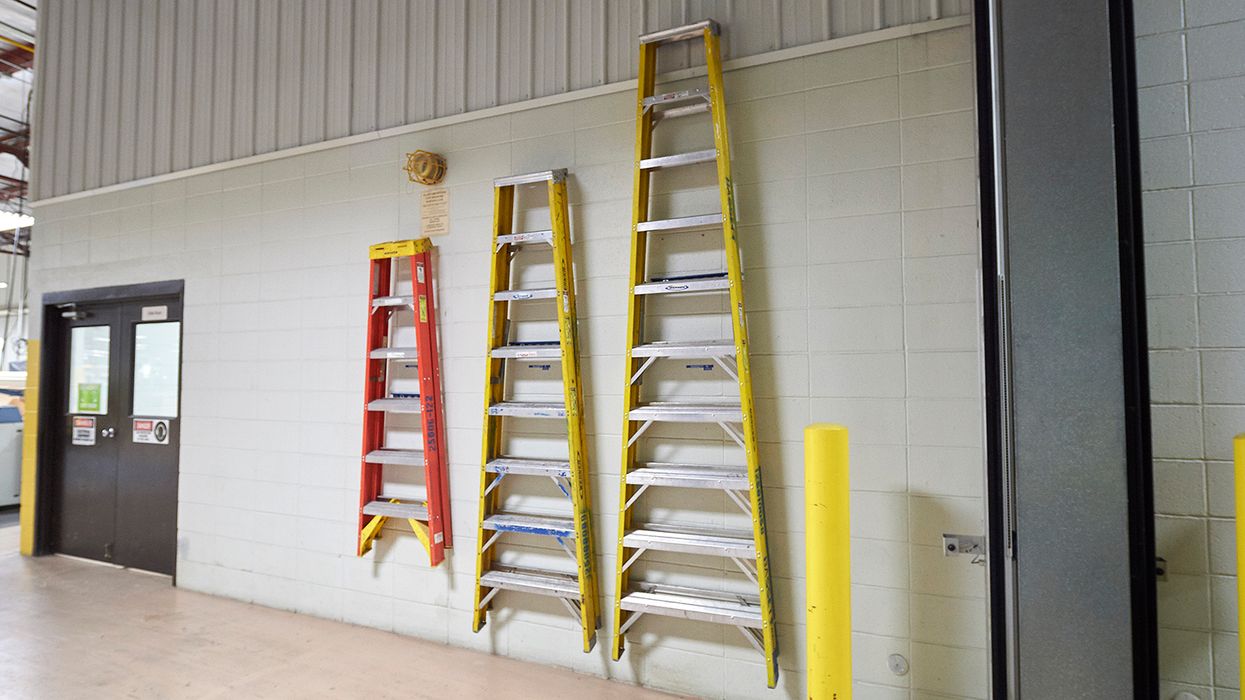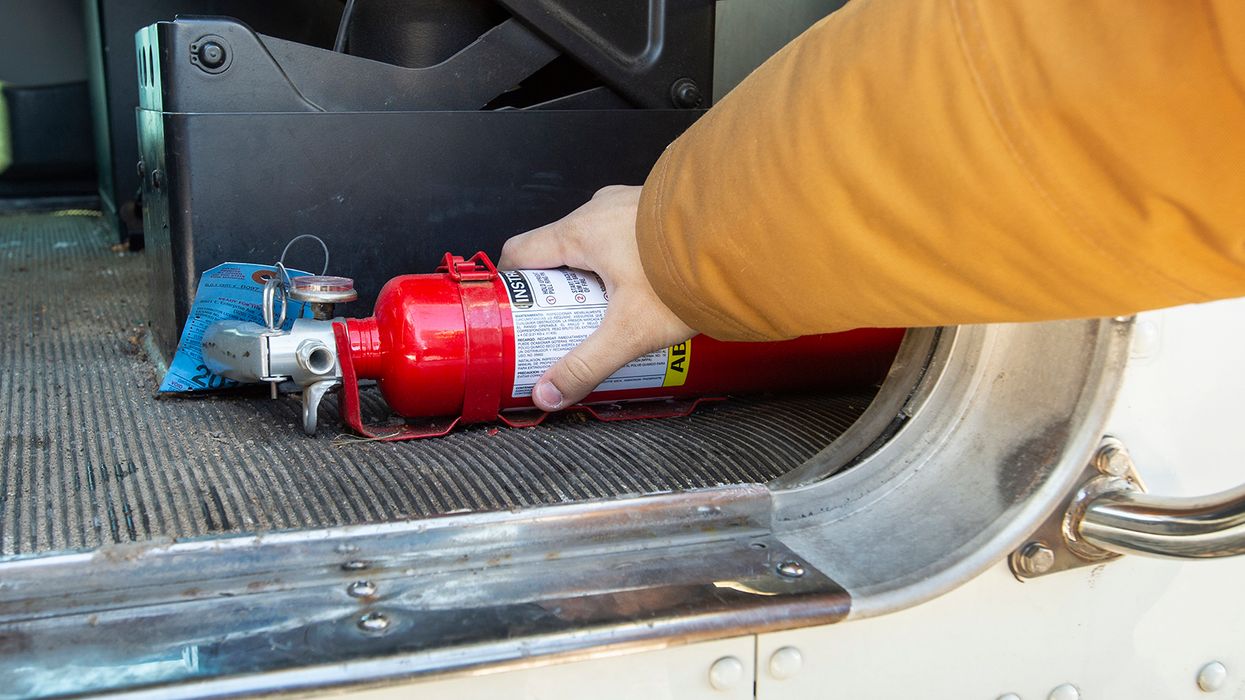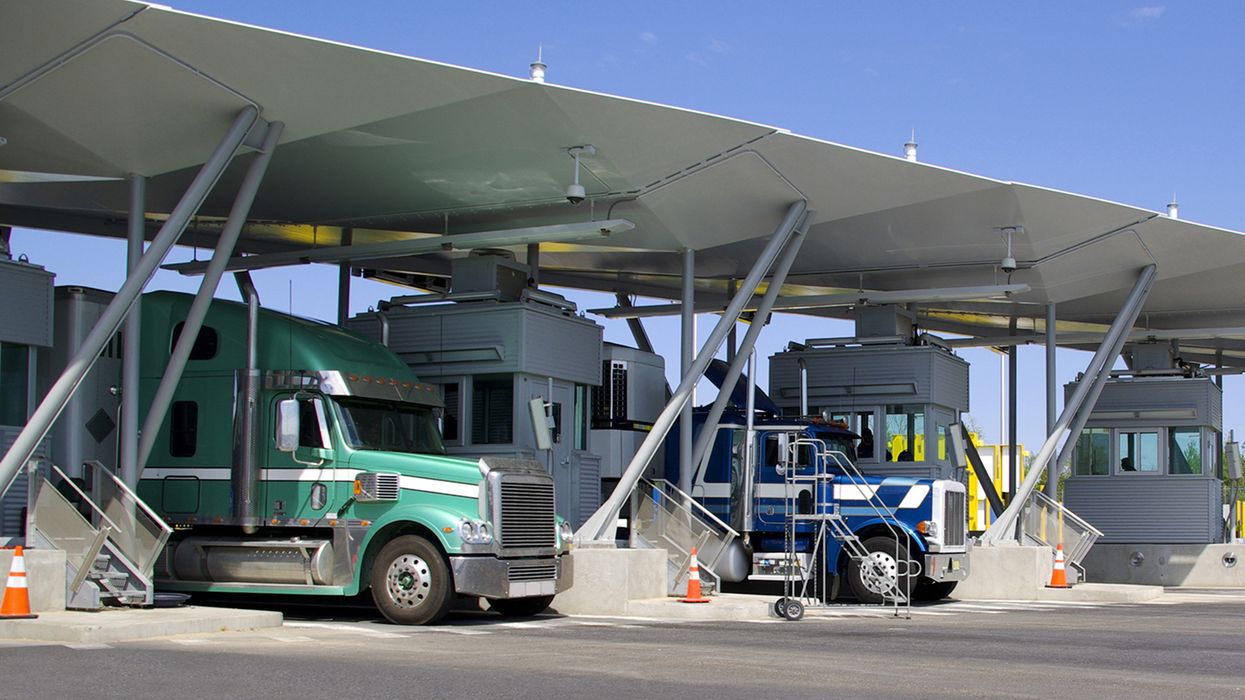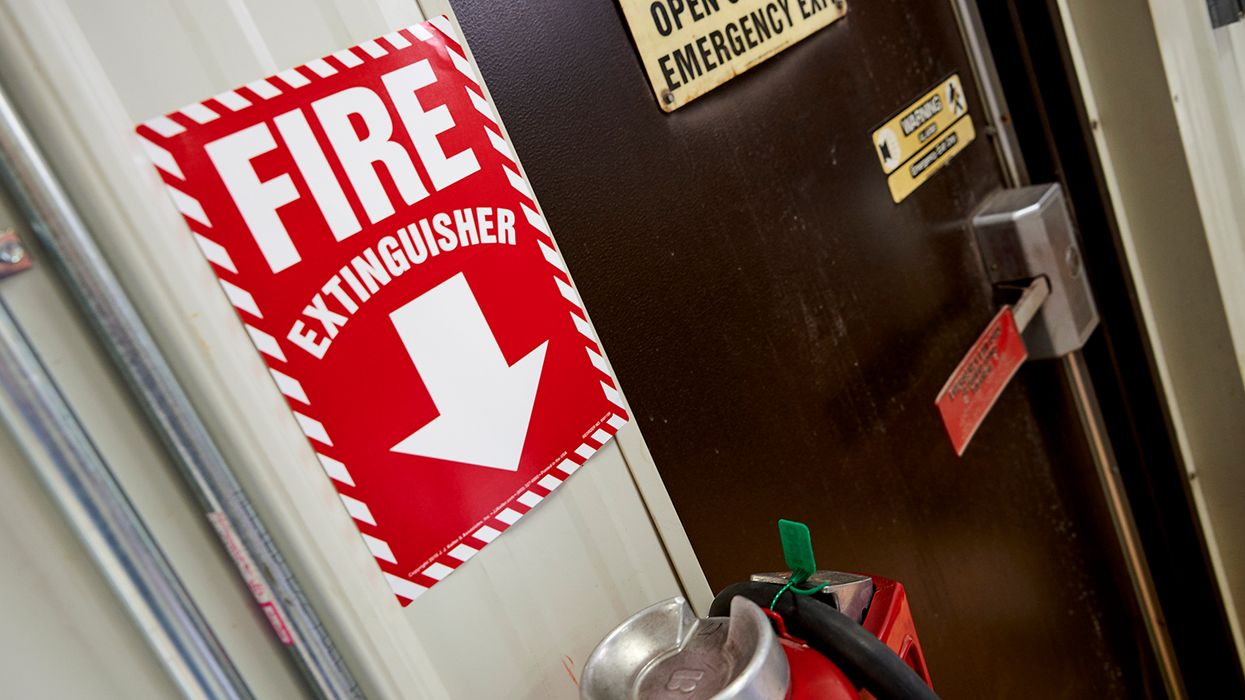Beware aftermarket emissions devices
The U.S. Environmental Protection Agency (EPA) is on a mission to stop truck operators from being able to “defeat” their emissions-control systems.
If you think there’s no harm in outsmarting your trucks’ emission controls, think again — targeted companies are having to pay millions in fines.
The latest penalties were levied on three truck-repair shops in Iowa, Missouri, and Nebraska. Together, they face fines of over $200,000 for alleged violations of the Clean Air Act.
According to the EPA, the companies installed and/or sold illegal “defeat devices” that rendered emissions controls inoperative.
“Modifying auto emissions controls is illegal, contributes significantly to harmful air pollution, and makes it harder to meet air quality standards,” said David Cozad, director of EPA Region 7’s Enforcement and Compliance Assurance Division.
The Clean Air Act prohibits tampering with emissions controls and manufacturing, selling, or installing aftermarket devices intended to defeat those controls. Tampering can result in significantly higher releases of nitrogen oxides and particulate matter, both of which harm public health.
In 2021 alone, the EPA resolved 40 civil enforcement cases involving defeat devices, the most in any one year.
Not worth the risk
With today’s high fuel prices and on-time delivery pressures, it might be tempting to fall for the line that an aftermarket emissions device might improve truck performance. The steep penalties you could face, however, mean it’s not worth the risk.
If you read the FMCSA’s “exhaust system” rule in 49 CFR 393.83, you might think defeat devices are legal since the rule makes no mention of them. FMCSA regulations are more concerned with where the exhaust is going, and how loud the system is, rather than environmental harm.
However, numerous federal and state (think California) laws and regulations place tight controls on what you can and cannot do with a vehicle’s emissions system. In some states, technicians must be certified to do emissions work.
Don’t mess with it
The best advice for staying compliant? Don’t mess with the exhaust system. Worn parts need to be replaced, of course, but simply replacing what’s there — without making systemic changes — will generally keep you out of trouble with the EPA and other enforcement agencies. Depending on where you operate (think California again), be aware that you may need to upgrade older equipment to meet new emissions standards, and/or your technicians may need special training.
If a shop does repair and/or modify your exhaust system, be sure to get verification that its technicians are qualified and that the exhaust system still complies with the Clean Air Act and other emissions standards that may apply.
Key to remember: The EPA is continuing to crack down on the installation of devices meant to defeat emissions controls. Installing such devices is not worth the risk.




















































